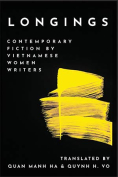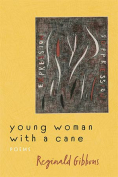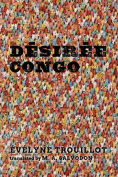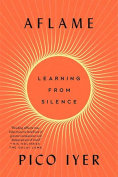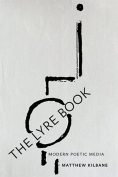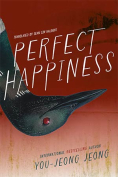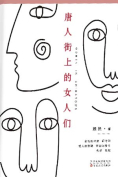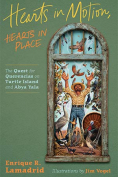Women in Chinatown (Tangrenjie shang de nürenmen) by Gu Yan
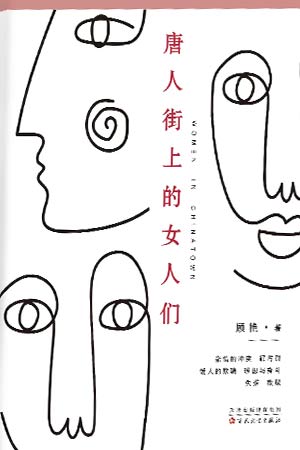
Tianjin. Baihua Literature and Art Publishing House. 2025. 191 pages.
A Chinese writer living in the United States, Gu Yan has written much about the immigrant experience. In her latest novel, Women in Chinatown, she tells the story of a Chinese woman, Mi Lu, who emigrated in her youth, and her American-born daughter, Mi Ya.
Mi Lu lives in an old-fashioned apartment in a bustling corner of Washington, DC’s Chinatown. She often gathers with her women friends to play mahjong and gossip about their neighbors. Raised in a well-to-do Shanghai family, she clings to old customs. In contrast, her daughter, Mi Ya, feels out of place at home and yearns for a modern American life free from the burden of her mother’s heritage. But when Mi Lu brings up the past and everything she had to give up to emigrate, Mi Ya feels responsible for her mother’s suffering. She does everything she can to be an even more obedient and diligent daughter. She studies hard, gets into medical school, and becomes a doctor—every immigrant family has a dream for their children to have a better life, and for many, that means becoming a doctor because it pays well and carries prestige.
Part of Mi Ya’s struggle is to break away from the kind of “good kid” role that has always been expected of her. Her mother wants her to find someone Chinese who knows a lot about the culture and can speak Mandarin. However, when Mi Ya starts getting boyfriends, she tends to date white men. She fears disappointing her mother, but for a moment, she feels the thrill of dawning power coursing through her veins. As the story unfolds, Mi Ya learns to embrace both her “shadows” and “lights”—the dark and good parts of herself. When she decides to leave the safe path of getting a steady job in a respectable field and marrying someone she should, she starts to shine.
Women in Chinatown is a meditation on the divided nature of immigrant life. As readers, we are reminded not just of the struggles faced by children of immigrants but also of the complex mental journey they had to undertake. It is a search for belonging, a reconciliation between two worlds, and, ultimately, the difficult passage toward self-discovery.
Gu Yan writes primarily in Chinese for Chinese-language publishers. It is her mother tongue—a language that shapes how she sees things, expresses herself, and connects with readers back “home.” But publishing in mainland China requires a careful awareness of what not to say or how to make a book politically acceptable to the Chinese authorities.
In Women in Chinatown, Mi Lu never tells her daughter why she left China. The unspoken background to her story is the 1989 Tiananmen Square protests, a topic that remains politically sensitive and is largely unmentionable. Gu Yan subtly addresses this “taboo” through symbolism. In a nightmarish scene, Mi Lu awakens to the fluttering of a butterfly. The butterfly throws a big black shadow on the lamp, and a dull, heavy sound—thud, thud, thud—fills the room. Mi Lu shivers as the sweat cools her skin. The image of the butterfly appears repeatedly, bringing her back to a traumatic memory from years earlier in China.
Gu Yan has an excellent eye for what is happening, a deep empathy for her characters, and a straightforward yet skillfully crafted way of writing. Women in Chinatown is a book well worth reading, and readers are likely to find it both enjoyable and rewarding.
Laura Xie
Virginia Military Institute




